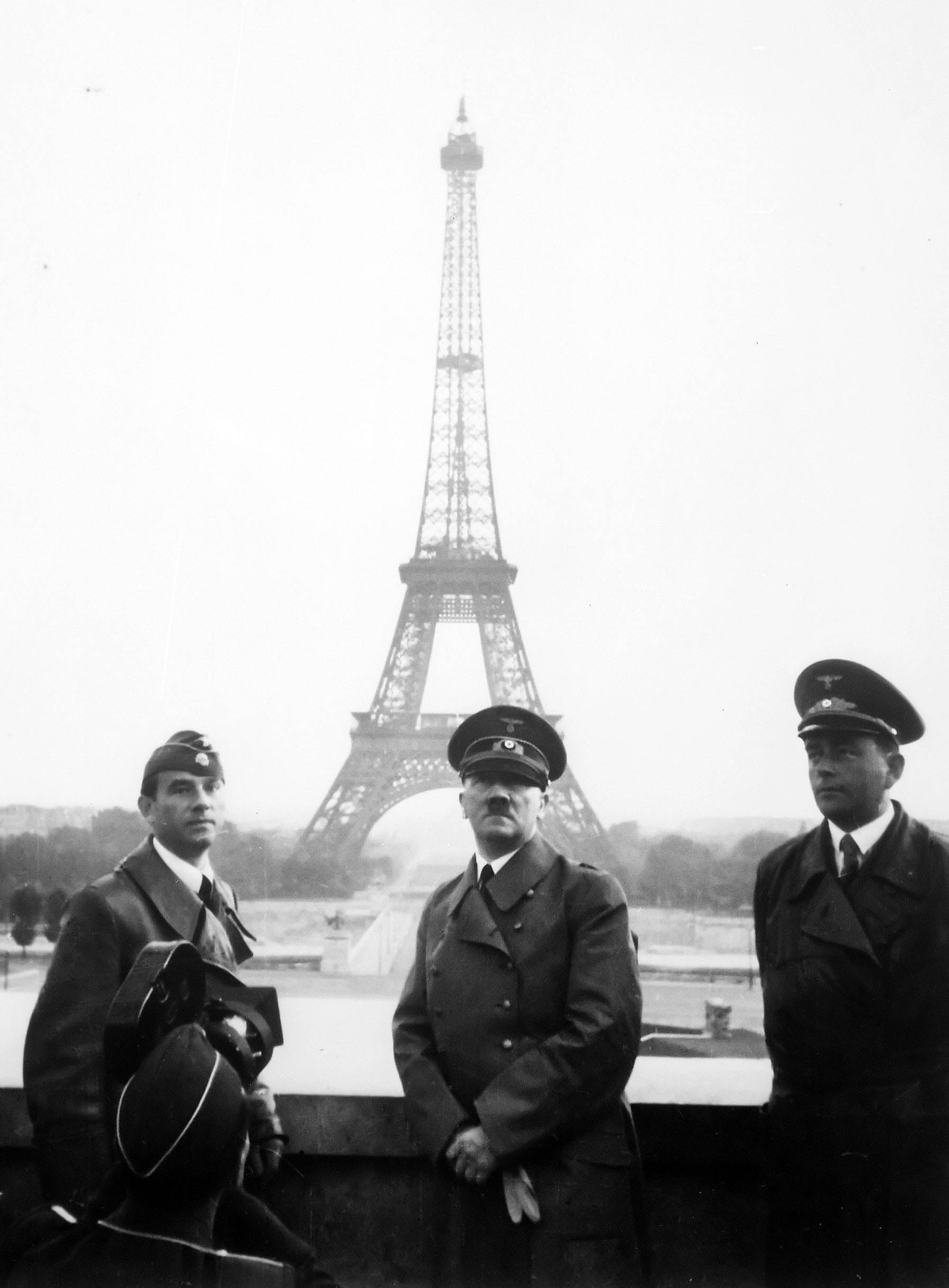Truth or Fiction?
Photographs can lie by being manipulated, in order to change or influence our opinion of something. This therefore poses the question of reliability. Some cases I would argue that these photographs trying to manipulate our opinion are reliable because they want to show us the truth which changes our opinion. However more often than not, photo manipulation often exaggerates, slants the truth in favor of the message the photographer is trying to convey. This can be potentially harmful as it leads to the population to take the photographer’s opinion of a certain event as truthful, even if it is shot in the style of documentary photography. Photographers could argue that they are simply taking what they see through documenting the world. However the photographer is documenting the world in a way in which he perceives it, leaving out certain elements that contradict the documenting of his view on the world. Therefore we have to consider before acting on a certain photograph of how useful an image is in helping us find out about something rather than treat it as factual trust. This is because the photographer may for example being trying to express his political beliefs in the photograph which we have to acknowledge before we treat it as accurate.
Essentially the date of the photograph is very important in the sense that as humans from different generations look at a specific photograph, the morals of each generation change as time goes on and so the opinions towards the message the photographer is conveying changes. For example in the photograph below, at the time in 1945 and in America it would of been seen as a patriotic shot celebrating the death of fascism in Europe. However in more modern days, facts have come to light over the years of what the US army and her allies did when invading Nazi occupied Europe and so the photograph leaves out the context in what the US soldiers did in order so that one day, they could raise their flag that is portrayed as so patriotic.
Furthermore in respect of this last point, it is important to note what the photograph is showing, and how much, whether it be a lot or a little which ultimately helps affect our reliability rating towards a picture. In considering the provenance, it helps the viewer determine not just for example the photographer’s motives, but the wider context in how the photographer’s motives fit into the opinions of society, which helps us to understand whether much of society agreed with the photographer or not. Therefore the location of where the photograph was taken is important but also where the photograph was published. The location of the photograph which was taken in Japan, from a Japanese man’s perspective would view the photograph as these imperialists invading their country. Where it was published, in America, the general view of society would be one which is proud and honored that shows the US major role in the world.
This allows us to get onto the topic of propaganda which was particularly important in warfare in the early to mid – twentieth century which could be an example of this photograph, whereas in nowadays we see the levels of blunt propaganda as more unacceptable because propaganda in our generation is much more subtle.




Now I wanted to have a go at taking some photographs which may not tell the entirety of the truth in terms of their content. I chose to shoot some relatives walking with a slow shutter speed, adding a blurred effect that would later mean the viewer would question who the identity’s of these people are. By altering the photograph in a way so that the presence of these people is mysterious, the truth is tilted in the sense we don’t know the identity, the purpose, the reason as to whay they are there and what they are doing.




Best Photographs:





